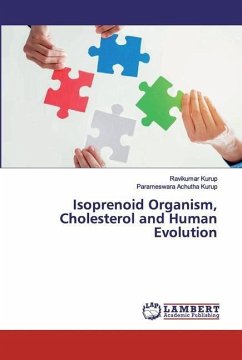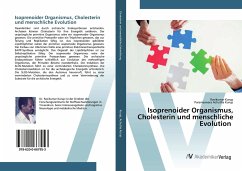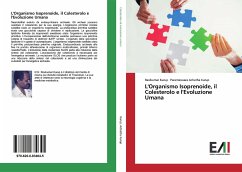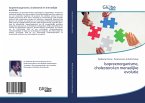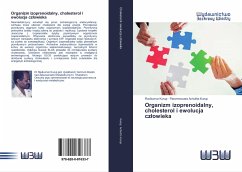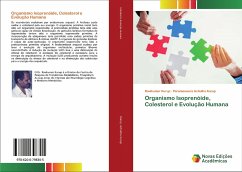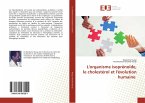Neanderthals evolved by archaeal endosymbiosis. Archaea can oxidize cholesterol for its energetics. Initial primitive organism would have been an isoprenoid organism. The primitive protocell would have been a droplet capable of division &replication. Lipid droplets formed of isoprenoids would have been the primitive isoprenoid organism. The incorporation of ubiquinone would have permitted a primitive electron transport chain &ATP synthesis. Lipid droplet organelle is capable of self-replication. Isoprenoid organism would have been the original primitive protoarchaea. Archaeal endosymbiosis eventually led to evolution of multicellular organism, primates &homo neanderthalis. The induction of the SLOS mutation leads to decreased cholesterol synthesis. Cholesterol oxidation is required for archaeal energetics. SLOS mutation producing autism results in decreased cholesterol synthesis and decreased substrates for archaeal energetics. Defective archaeal energetics leads to decreased density of endosymbiotic archaea &eventual extinction of the homo neanderthalic species. The homo neanderthalic species with reduced endosymbiotic archaeal density becomes the homo sapiens species.

